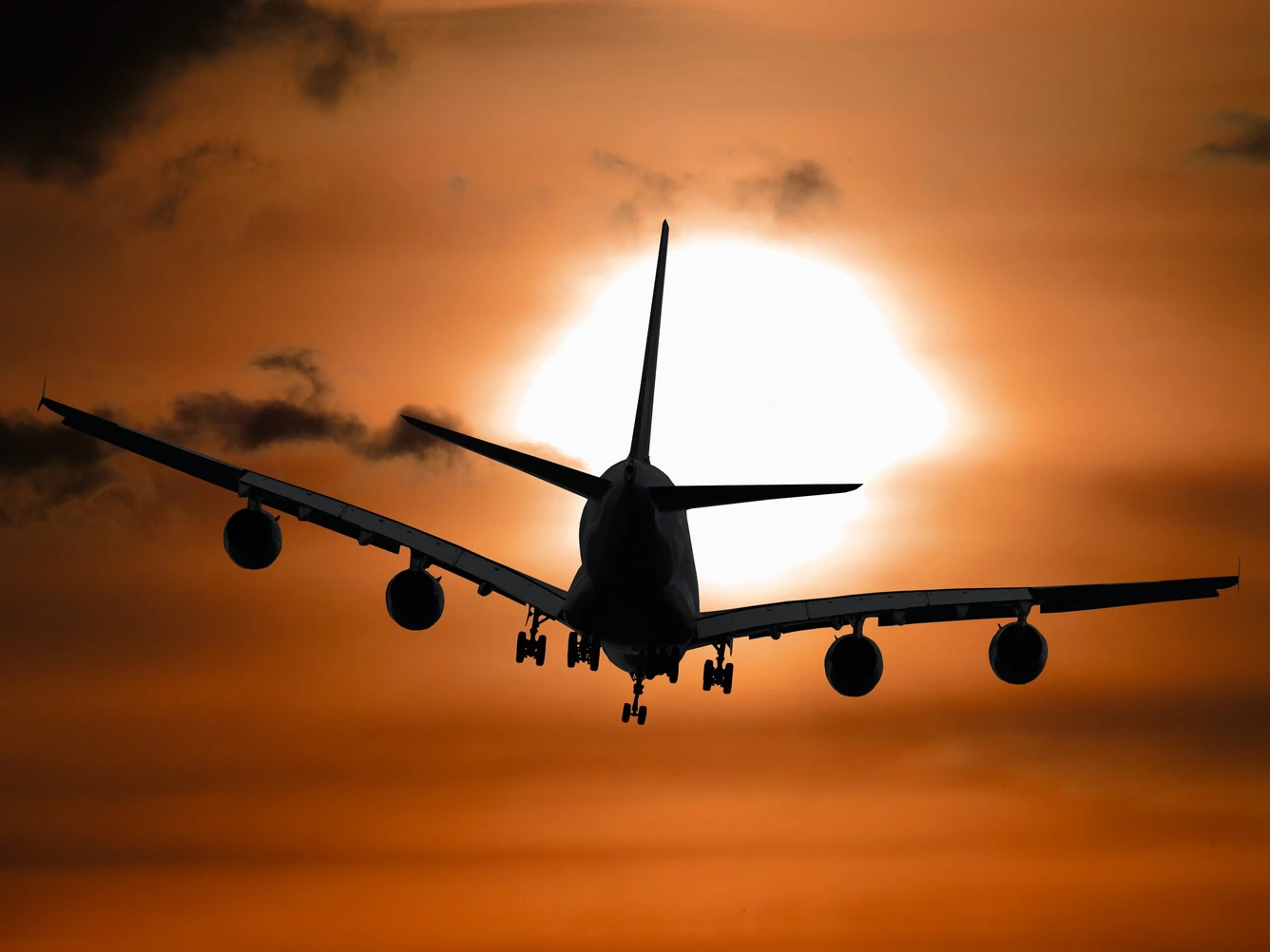As the summer holidays approach, many people are gearing up to jump on a plane to spend time with family and friends or to have an escape or adventure, either here in Aotearoa New Zealand or overseas. Flying, and even travel in general, can create an environment where migraine attacks are more likely to occur – due to lack of sleep, stress, dehydration, skipped meals or changes in diet and changes in air pressure.
There are things we can do to try to avert these attacks. Before travelling, make sure you have all your migraine remedies to hand – packed in your carry-on luggage or in an easily accessible place if you’re driving or taking another form of transport. And make sure you have enough medications to last for the duration of your holiday – it might be difficult to get a prescription if you’re far away from home. If you’re using Emgality, note that although this has to be refrigerated, it can be kept out of the fridge for up to a week (at under 30 degrees), so this can help when you’re trying to align your monthly injection with your holiday schedule. If you are on an oral preventive medication, maintain your schedule across time zones to ensure consistent blood levels.
Take your own healthy snacks and water bottle – fill this up at the airport if the bottle has to be empty while going through airport security. You don’t want to be waiting for a drink if you need to take medication urgently. And if you take non-steroidal anti-inflammatories, like ibuprofen or diclofenac, they need to be taken with food to protect your stomach. Having your own supply of food and drink means that if there are any delays or mishaps, like a cancelled flight or congestion on the roads, you’re not going to upset your body’s balance and risk a migraine attack through skipping a meal or getting dehydrated, or eating convenience food. When flying, you may need to take extra water to stay hydrated – if you’re not visiting the inflight facilities during a long-haul flight, you’re not drinking enough.
If at all possible, schedule your travel during hours you would normally be awake and active. Many people find that disrupted sleep is a potent migraine trigger and if you usually wake up at 7am but have to get up at 4am to catch an early flight, that might be the factor that sets off an attack. Similarly, driving until midnight to a holiday destination when you’d normally be in bed by 9pm could mean the next day is painful.
Going on holiday can set you up for a ‘let-down’ migraine – you’ve been working extra hard, rushing about to prepare, plan and pack, trying to juggle different people’s expectations – and when you finally catch your breath on your way to your well-deserved holiday, a migraine attack descends. Doing your best to monitor and manage stress in the build-up to going away can help.
Flying presents some unique challenges. By itself, flying can cause what’s known as an ‘airplane headache’, a severe pain on one side of the forehead and eye area, that usually occurs around landing and lasts for 30 minutes or so. This has been attributed to changes in barometric pressure in the airplane cabin. These changes can also contribute to migraine attacks, especially during take-off and landing, when the pressure changes are strongest. Pain relievers like ibuprofen or migraine-specific medications like sumatriptan or rizatriptan can help. Some people find it useful to take these medications before flying, but always check with your doctor to make sure it’s safe for you.
Airplanes are also noisy and have strong artificial lights. Earplugs or headphones can help block the noise and tinted glasses or an eye mask can help with bright lights. Cabin air is often dry which can contribute to dehydration, a potential migraine trigger, so keep drinking water. Sitting for extended periods can lead to muscle tension. When safe to do so, stand up and move around the cabin or perform gentle stretches in your seat.
If you do feel an attack coming on while you’re travelling, all the advice about acute treatment still apply. Treat headache as soon as you can. Take something for nausea. Cover your eyes, rest, breathe. Pull out any non-medication treatments that you use – slap on a Qalm device, scull a ginger beer, rub your temples with Tiger balm, use a hot or cold pack or roll a cold Coke over your forehead. Don’t start thinking that this is going to ruin your holiday! The attack will pass and the holiday will remain, waiting for you to enjoy it.
Further reading
Bui, S.B.D., Gazerani, P. Headache attributed to airplane travel: diagnosis, pathophysiology, and treatment – a systematic review. J Headache Pain 18, 84 (2017). https://doi.org/10.1186/s10194-017-0788-0


